|
a combinatorial history of images an interactive installation by Zoltán SZEGEDY-MASZÁK, Márton FERNEZELYI and Miklós PETERNÁK |
|
“One million chimpanzees typing for one million years on one million typewriters will, of necessity, write the Divine Comedy by chance. Now, what did Dante do? He turned the accident around and he made something which was very improbable necessary. And this is freedom. And this is the new idea of freedom as a turning around of chance, of accident, this is in the technical images.” – Vilém Flusser observed in a television interview conducted in 1991. |
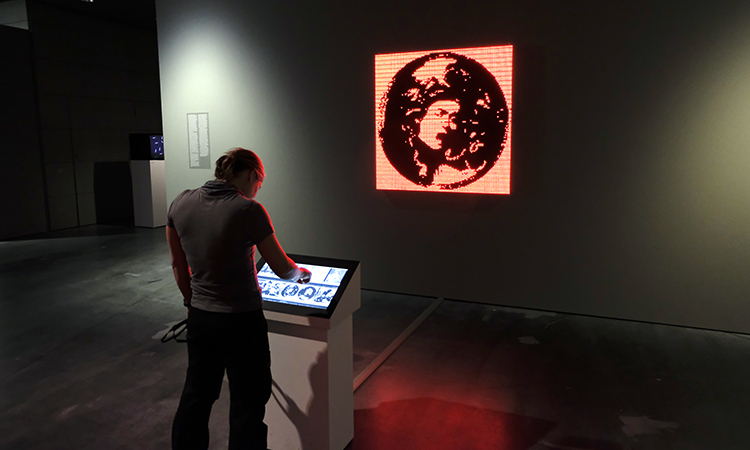
|
|
Part of the uniqueness of digital visualization is that with any device of a given resolution the number of images is limited. The Nipkow disk, one of the earliest devices designed to break an image up into picture dots, works in a similar manner to Ramon Llull’s twelfth-century combinatorial system, in which various phrases were combined using spinning concentric circles. |
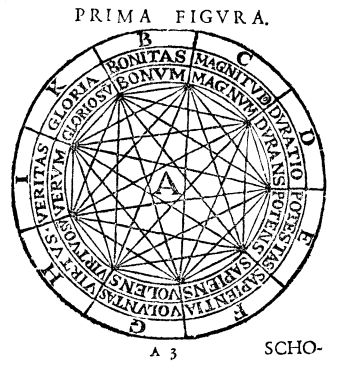
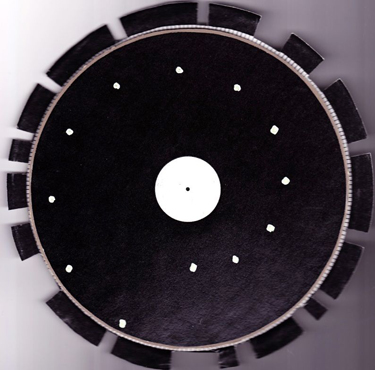
|
|
The first mechanical television broadcasts produced a resolution of 1200 pixels with fewer than 8 possible shades of gray. The number of possible images these broadcasts could transmit was therefore 8 to the power of 1200. This is the maximum amount of images that can be created at this resolution – a dizzyingly large, but nevertheless finite number. Most of the variations will be little more than meaningless noise, but among them will be every possible image produced in this resolution, whether it is a reproduction of a painting, a photograph or a graphic work, every frame from every film, even every picture taken of every object from every possible viewpoint and lighting. As in the case of the chimpanzees mentioned by Flusser, it would take an unforeseeable amount of time for a computer program to light up each pixel on the digital picture surface individually and thereby produce every possible image variation. What we can compute, however, is the time needed for such a combinatorial algorithm to arrive at a certain image. |
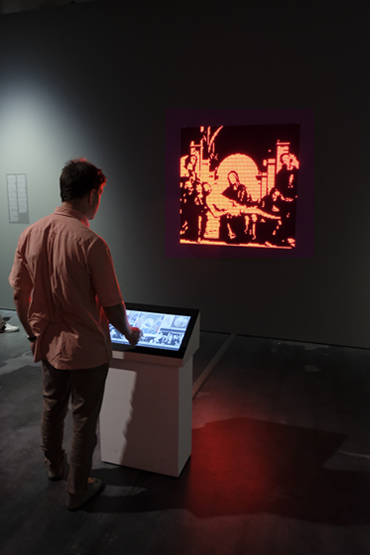
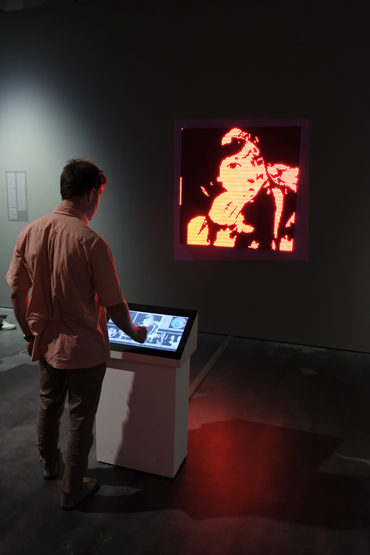
|
|
Accordingly, two parallel histories of images are seen on the touchscreen: one of them shows the history of human talent – or in Flusser’s words the defeat of entropy, freedom -, while the other shows the timeline of a combinatorial algorithm, how mechanical vision would arrive at the same exact results were it to try each of the pixel combinations on a monochrome 128x128 resolution surface.
|